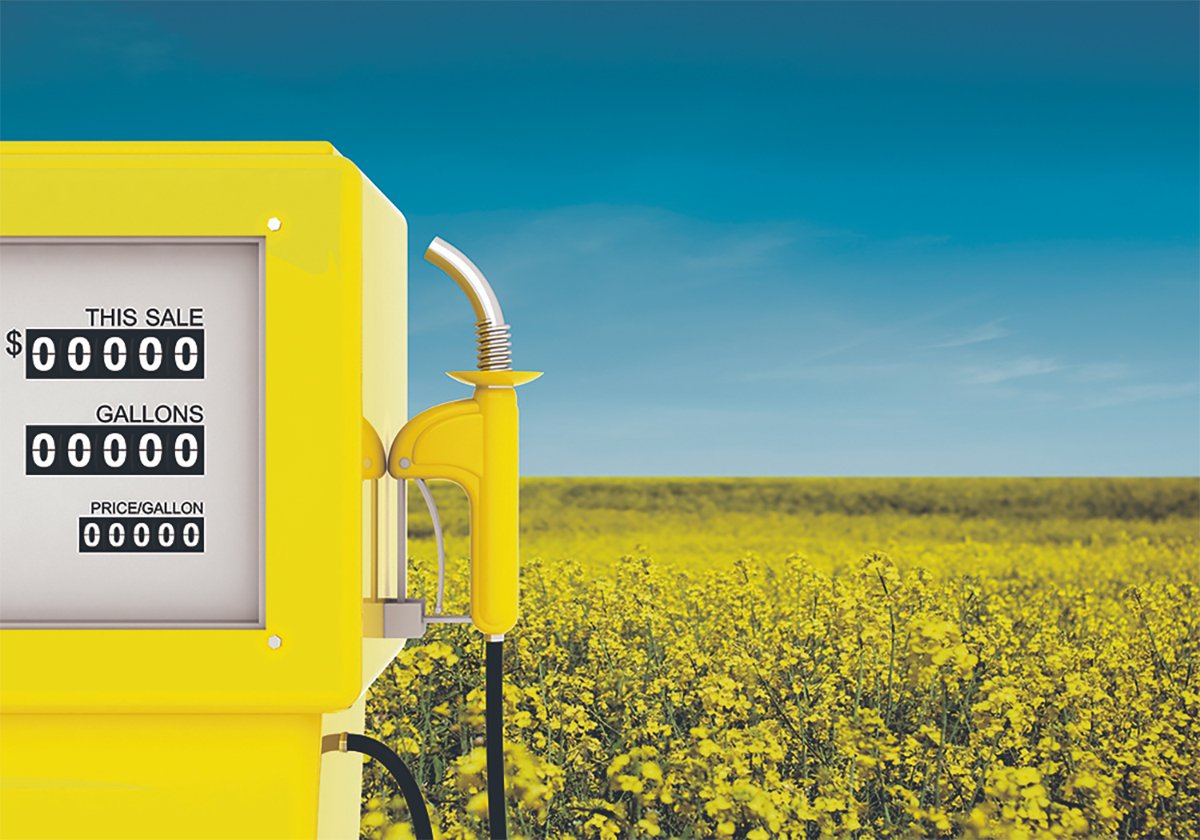If American farmers plan to plant less than 92 million acres of corn this year, watch for a price rally.
The biggest news this week will likely be the U.S. Department of Agriculture’s planting intentions report March 31, the same day many of you receive the paper in the mail. Look for same day coverage at producer.com.
There have been lots of government and industry forecasts, but this is the first big survey of what is on farmers’ minds.
Read Also

Biofuel sector happy with federal budget
Advanced Biofuels Canada says new Biofuel Production Incentive is a lifeline until CFR amendments are in place.
The corn number will be most important because it sets the floor for all grain prices. Western Canadian farmers might not grow a lot of corn, but that crop has a big influence on the price of wheat, barley, oats, canola and pulses.
Going into the report, corn forecasts were in the 91 to 93 million acre range, up from 88.2 million last year.
To put that into perspective, that is about the same area as all of Japan.
But even 92 million acres gives little confidence that supply will become more comfortable.
Given good yields, that acreage would provide only a slim increase in year end stocks if demand does not grow in the new year.
However, U.S. domestic corn demand has grown on average in the last 10 years by 9.2 million tonnes, or 362 million bushels a year, mainly because of increasing ethanol production.
That magnitude of increase is unlikely this year, but demand is expected to grow.
Smaller herds mean livestock feed demand will be down in 2011-12, but ethanol production will likely climb again.
Tight global corn stocks are also expected to boost export demand.
In February, the USDA predicted that total U.S. corn demand in 2011-12 would rise by 1.5 million tonnes, or 60 million bu. That seems conservative.
Wild cards are Chinese corn import demand and U.S. budget cutters who might try to eliminate ethanol subsidies.
I doubt that the US. Congress would slash ethanol support before the 2012 presidential election. Big corn growing states such as Iowa are critical in primaries and presidential elections.
As for China, it is hard to say.
Its days of being able to grow all its own corn are ending and it is about to become a permanent importer. However, the government is ramping up efforts to expand production so as to keep imports to a minimum.
U.S. weather will, as always, help determine production. The late spring and heavy snow pack could delay corn seeding, but what gets seeded will have excellent moisture.














